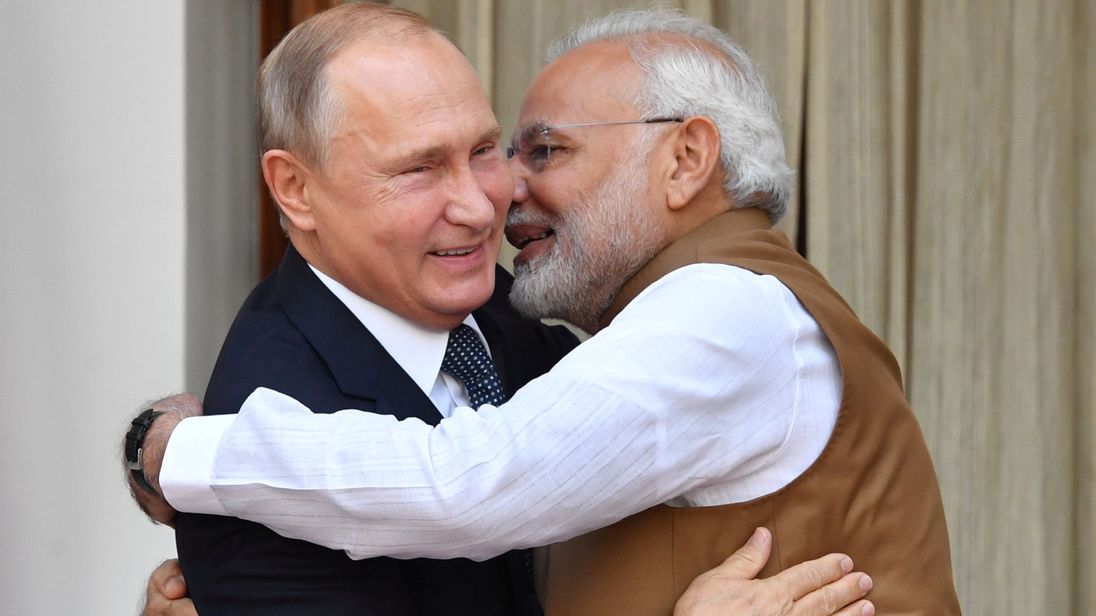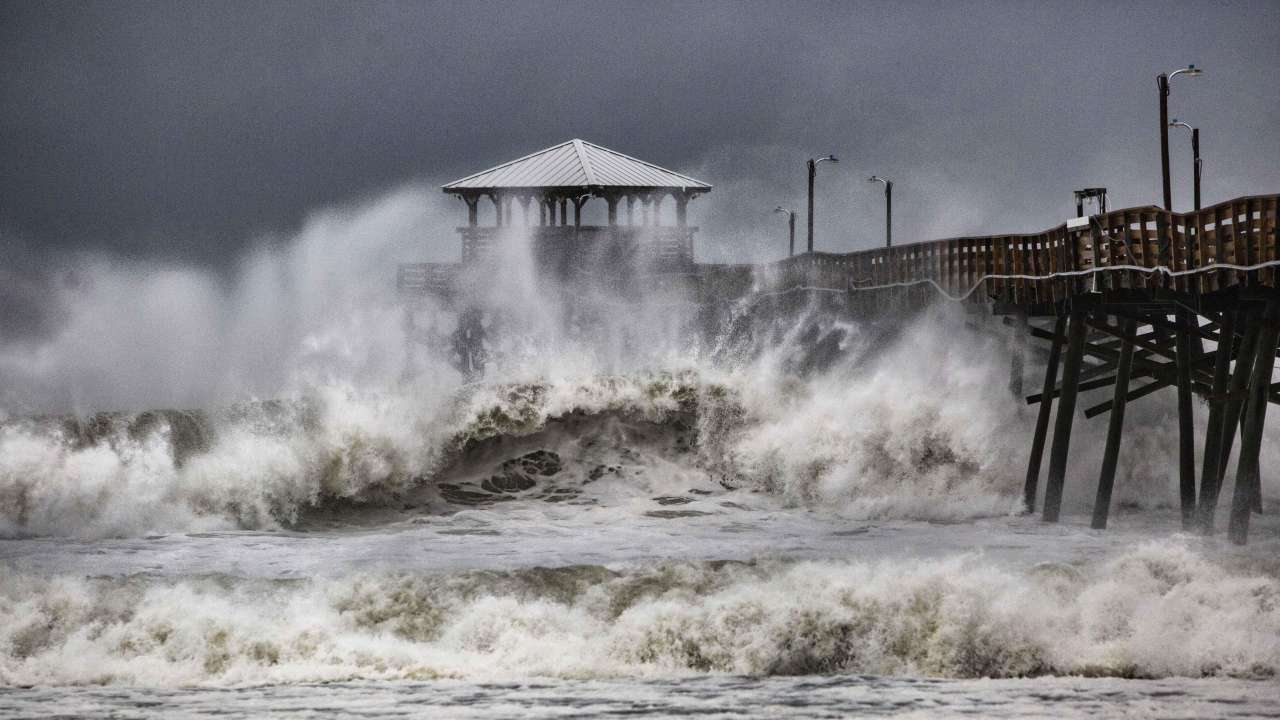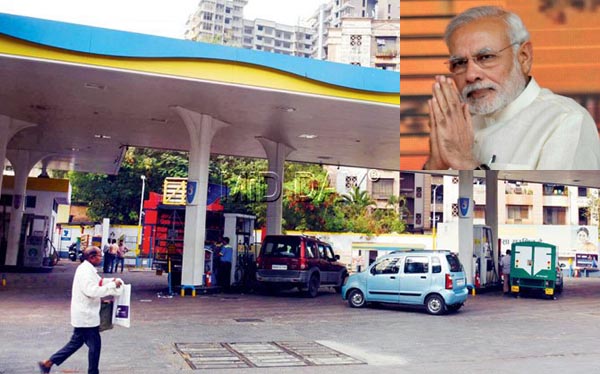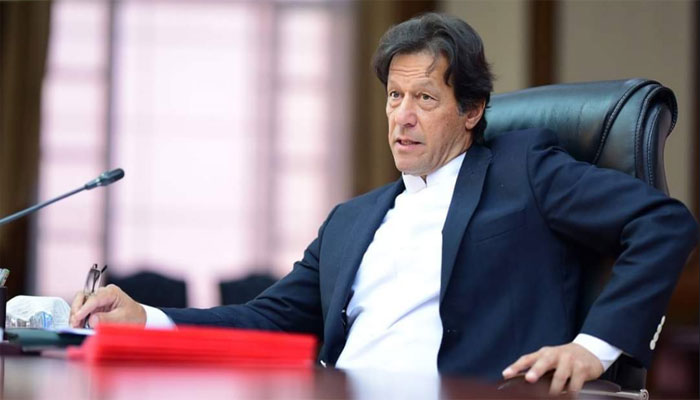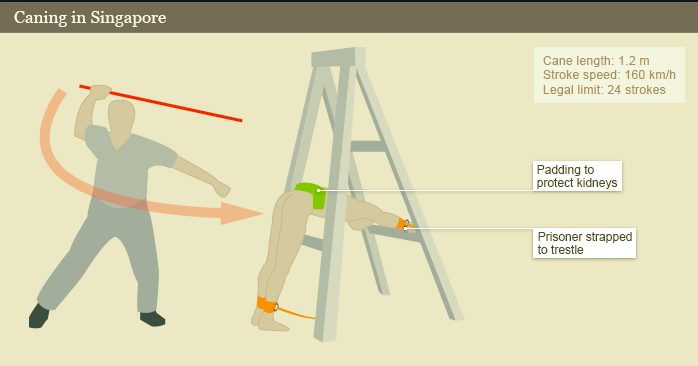Prime Minister Narendra Modi and Russian president Vladimir Putin met on Friday for the 19th India-Russia annual bilateral summit and the two sides signed eight pacts after talks between the leaders.
Modi said that talks with Putin have given a new direction to the bilateral strategic partnership and Russia has always been a part of India’s growth story. He further said that India and Russia are committed to cooperating in the fight against terrorism.
Modi said that India gives priority to its relations with Russia. “Our countries have mutual benefits in supporting the struggle against terrorism, Afghanistan and Indo-Pacific events, climate change at organisations like SCO, BRICS, G20 and ASEAN. We have agreed to continue cooperation with these international organisations,” he added.
.
Putin also said the two countries have agreed to step up cooperation in combating the menaces of terrorism and drug trafficking. He also said that the two leaders discussed the resulting situation after US withdrawal from Iran nuclear deal
While saying that Russia is committed to deepening ties with India, Putin invited Indian energy companies to expand their businesses in Russia.
He also invited Modi to Vladivostok as the main guest of the Economic Forum in September 2019. Pacts were also inked in the fields of
- Space
- Nuclear energy
- Railways
A crucial MoU was signed between Indian Space Research Organisation (ISRO) and the Federal Space Agency of Russia ROSCOSMOS on joint activities in the field of human spaceflight programme Gaganyaan.
Also India, Russia sign $5 billion S-400 deal India and Russia signed the deal for five S-400 missile system on Friday in the presence of both the leaders.
The S-400 is known to be the world’s most lethal long-range surface-to-air missile system. It can be deployed within five minutes, and is capable of firing three types of missiles to create a layered defence, according to media sources
Manufactured by the Russian government-owned arms company Almaz-Antey, the S-400 Triumf is known as the SA-21 Growler by the North Atlantic Treaty Organisation (NATO). The S-400 has three components — the missile launchers themselves, a powerful radar and a command centre.
Both the sides “reaffirmed their commitment to enhance military technical cooperation between India and Russia, which has a long history of mutual trust and mutual benefit,” the joint statement read.
China was the first foreign buyer to seal a government-to-government deal with Russia in 2014 to procure the lethal missile system and Moscow has already started delivery of an unknown number of the S-400 missile systems to Beijing
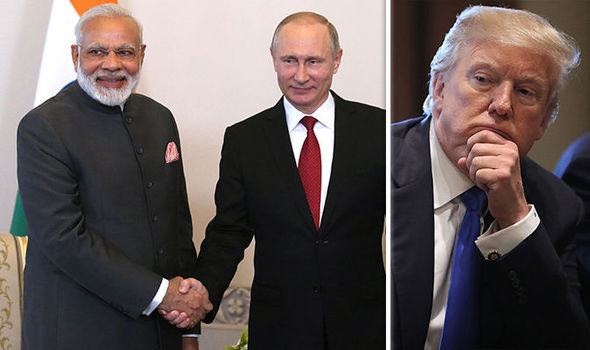
The S-400 missile defence system deal could result in US sanctions under the Countering America’s Adversaries Through Sanctions Act (CAATSA).
The US had announced sanctions against Russia under the stringent law for its alleged meddling in the American presidential election in 2016
CAATSA, which came into effect in January, mandates the Donald Trump administration to punish entities engaging in significant transaction with the defence or intelligence establishment of Russia.
American lawmakers, however, have allowed the possibility of a presidential waiver.
India and Russia on Friday also signed a document for cooperation to implement new nuclear power project (NPP) following talks between Modi and Putin. The document called an ‘Action Plan for Prioritisation and Implementation of Cooperation Areas in the Nuclear Field’, was signed by Director General of Rosatom State Atomic Energy Corporation Alexey Likhachev and Secretary of Department of Atomic Energy and Chairman of Atomic Energy Commission Kamlesh.
The two countries plan to implement the project of six nuclear power units of Russian design at a new site in India, as well as further cooperation in third countries in new promising areas of nuclear technology, apart from the construction of nuclear power plants.

